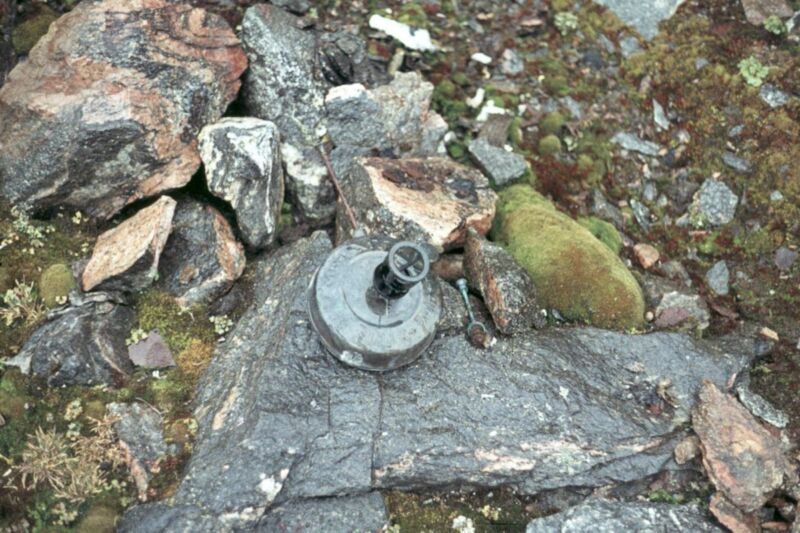Study sheds new light on polar explorer’s final hours, 100+ years later

Enlarge / Danish explorer Jorgen Bronlund's petroleum burner was found in 1973. Bronlund and two compatriots died in 1907 during an expedition to Greenland. (credit: Jorn Ladegaard)
Over 100 years ago, a Danish explorer named Jorgen Bronlund perished during an expedition to northeast Greenland, along with two members of his expedition. He left behind a diary detailing his last moments, with a black spot underneath his final signature. Scientists have now analyzed that spot using a variety of techniques to determine its composition, thereby shedding fresh light on Bronlund's final hours, according to a November paper published in the journal Archaeometry.
Northeast Greenland is still one of the most hostile regions of the Arctic, with only the Sirius Patrol of the Danish Army occasionally crossing the frozen expanse on dog sledges during the coldest part of the year. Back in 1906, when the Denmark Expedition launched, many parts of the region had not yet been mapped; that was a primary objective of the expedition, along with various scientific studies. (Alfred Wegener was among the scientists in the expedition.)
The expedition sailed to Greenland on board the SS Danmark, landing in August 1906 and establishing a base camp (depot) called Danmarkshavn. Members were assigned to sledge teams to head northward. Jorgen Bronlund was part of Sledge Team 1, along with expedition commander Ludvig Mylius-Erichsen and Niels Peter Hoeg Hagen. A significant part of their mission was to discover whether the so-called Peary Land (discovered by Robert Peary in 1891) was a peninsula-in which case it would remain part of the Danish Kingdom-or an island, in which case the US would claim it as a US territory.
Read 9 remaining paragraphs | Comments